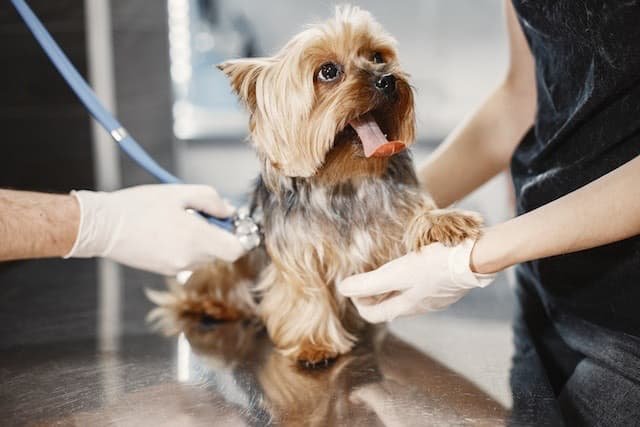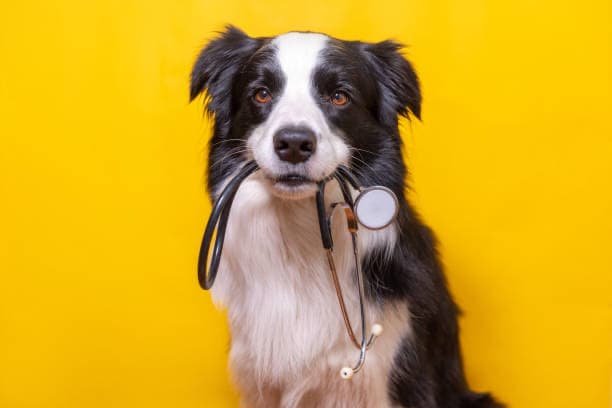TABLE OF CONTENTS
History of Clinical Medicine
Veterinary medicine is as old as recorded history. History of Clinical Medicine practices of some sort are, undoubtedly as old as civilisation itself. Ancient India has supplied the most concrete identification of veterinary art is antiquity.
Hindu mythology attributed the origin of medicine to Brahma as Egyptian did to Imhotep and Greek to Appollow. In vedic period (1800-1200 BC), Bramha via human mediator created the Vedas as an ethical guide to the world. Some of the Vedas contain first treaties on the medicine of man and beasts.
Hippocrates (5th century BC), the father of medicine forwarded the theory that the disease is a reflection of body humours. He thus profounded the theory of humoral pathology.
There are many old original and authentic authors on Indian veterinary science in History of Clinical Medicine. Large information is contained in their writings. Among such authors the names of Salihotra, Palakapya, Rajaputra, Vaisampayana, Vyasa, Nakula , Sahadeva, Garga, Vatsya, Manu etc are well recognized.
Among the authors of later stages come Jayadeva, king Indusena, Someswara, Vahada, Basavamantri, poet Rudradeva, king Bhoja etc…. every one of them contributed a valuable book on veterinary science but many of these works are now lost either in part or full. However, portion of a few of these manuscripts are still available in libraries where old palm leaf manuscripts are preserved.
Specialization was characteristic in ancient India and it is evident from the fact that author of Veda on elephants is identified as Palakapya and that of horses as Salihotra is believed to be the foremost of all Indian authors of veterinary science. His work on horses is very comprehensive. It is presented in 8 parts (16,000 slokas in 120 chapters) dealing with their breeding, training, feeding, watering, stabling, grooming and their effective treatment. Next in importance is Palakapya, the first and the most ancient author on the sciences dealing with health and diseases of elephants.
Nakula, one of the pandavas, is said to have written a book on horses called Asvachikitsa. His brother Sahadeva, an authority on cattle and their disease, is understood to have written a book called Goshastra.
Systemic Veterinary Education
In France, the immense devastation caused by Rinderpest in 1710-1714 paved the way for the establishment of the first modern veterinary school of the world in 1762 at Lyons. Its graduates in turn became the nucleus of the faculty of the new veterinary schools, which were established at Alford in 1766 and later on in Vienna, Berlin, Hanover, Munich, Copenhagen and eventually in all countries. Dr.Benjamin Rush, the famous American physician was the pioneer to augment the concept of veterinary education in USA in 1806.
In India, the first army veterinary school was set up in 1862 at Poona with a course of one year duration. To produce efficient veterinarians, the first veterinary college was set up at Babugarh in 1877. Later on, veterinary colleges were established at Lahore in 1882, Bombay in 1866, Madras and Calcutta in 1893 and so on.
Thereafter, with recommendation of the joint Indo-American team in 1955, a proposal for the establishment of agricultural universities was made in 1958, clubbing Veterinary and Agriculture sciences under one umbrella. The first agricultural university came into existence in Panthnagar in U.P (now in Uttarakhand).
Following the establishment of agriculture Universities, veterinary and animal sciences education got the boost through the assistance of ICAR. Today there are 37 veterinary colleges in India. The first veterinary university known as TANUVAS was established on 20 September 1989 at Chennai. Next to be established were west Bengal University of animal and fisheries sciences, Belgachia at Calcutta, Maharashtra Animal &Fisheries Sciences University at Nagpur, and Pandit Deen Dayal Upadyay University of veterinary sciences at Mathura & KVAFSU Bidar.
Veterinary medicine deals with the ailments of animals that do not, as a whole call for manipulatory interference or employment of surgical methods. It has 2 aspects viz-
- Theory of medicine: deals with principles on which a disease acts and produces various effects. It also explains the therapeutics by which a disease can be cured, controlled & prevented.
- Practice of medicine: consist of adoption of these principles to the treatment and prevention of diseases in order to relieve pain and suffering in animals.
Principles without practice are useless, whereas practice without principles would be dangerous and would almost amount to quackery.
Therefore the main objective of veterinary Clinical Medicine is to restore the health of the animal.

